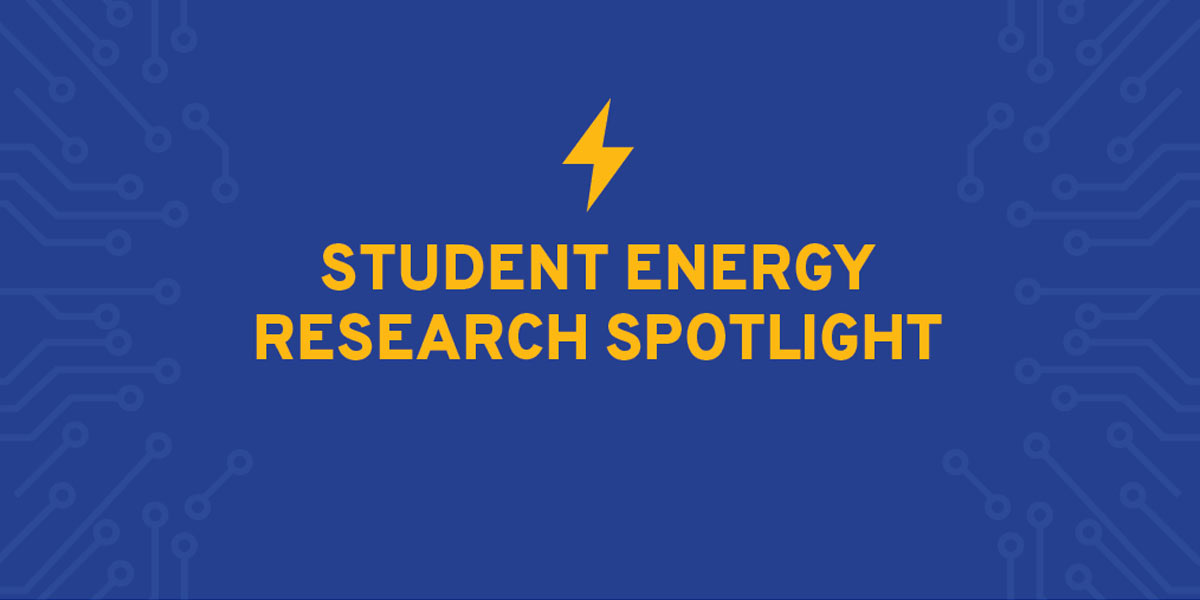Distributed Energy-Resource Design Method to Improve Energy Security in Critical Facilities - Energy Academic Group

Distributed Energy-Resource Design Method to Improve Energy Security in Critical Facilities
Capstone Team Project
Existing design and analysis tools related to military microgrids lack an integrated system design and analysis process. This project integrates electrical engineering (EE) and systems engineering (SE) microgrid efforts into a single cohesive Microsoft Excel tool to provide base energy mangers an integrated system design methodology to quickly assess microgrid trade-offs between resilience, cost, and distributed energy resources (DER) and their energy needs. The report describes the development of a common streamlined tool and methodology to improve the ability to assess energy resilience for military microgrids using disruptive event scenarios including deliberate attacks and natural disasters. The resilience metric used in the MSET tool is the expected lifecycle mission impact (ELMI), which quantifies microgrid resilience in terms of the microgrid’s ability to minimize mission impact against all potential threats to power disruption. The tool considers a realistic set of scenarios that could disrupt power allowing users to compare DER changes against a single microgrid architecture to determine the best balance between cost and resilience. Users are able to configure the tool to allow for changes in microgrid load or updates to equipment costs.
The MSET tool is intended to provide the end user the ability to compare and modify configurations based on user requirements and restrictions to meet each user’s specific circumstance. A supplemental user’s guide provides a thorough walkthrough of the tool, and a supplemental case study demonstrates the tool functionality by analyzing an existing naval installation microgrid.
Preliminary analysis conducted with the MSET tool indicates that, in general, increasing the diesel generator rating will provide the greatest increase in resilience versus return on investment. Generators are the most cost effective component, able to provide more power at a lower procurement and O&M cost than either solar array or battery. It may be possible to further improve the resilience of the generator by increasing the maintenance level, up to the supplier’s recommended maintenance level; however, these gains are minimal and should be heavily examined in light of cost constraints. Increases to the battery capacity appear to provide the worst return on investment—minimal resilience impact at extremely high cost.
Vicki Chu, LT Curtis Bolen USN, Andy Dang, Paul T. Kim, Christian Proctor,
Bridget Shideler. All authors are graduates of the Systems Engineering
Department the Naval Postgraduate School. Contact Dr. Douglas Van Bossuyt douglas.vanbossuyt@nps.edu or Dr. Giovanna Oriti at goriti@nps.edu for
more information about this research.
Quarterly Newsletter
Surge is published quarterly by the Energy Academic Group and covers a divese range of energy-related topics. View archive

